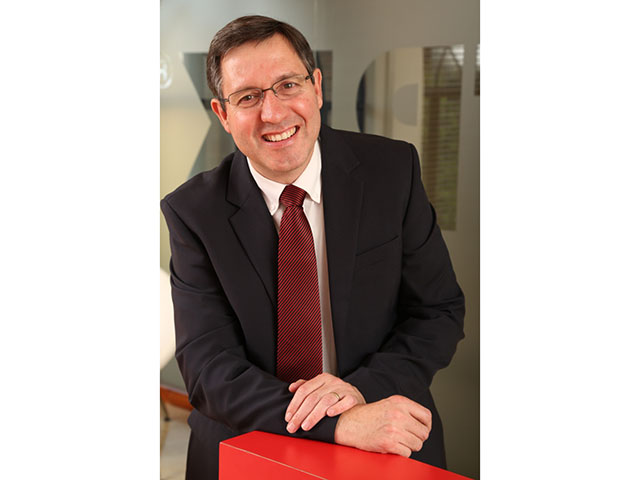By Brendan McAravey, Regional Director, Sub-Saharan Africa at Citrix
In popular culture, we still tend to imagine manufacturing as workers standing at assembly lines, manually handling the products. In real life, modern production facilities look quite different: employees and robots work side by side, and soon AI-driven robotics will even enable them to collaborate in real time.
Employees supervise production processes on-premise via PC, notebook, or tablet, while maintenance, updates, and administrative tasks can be done remotely. Writing apps for machines – as well as for the produced goods – is rapidly becoming a standard part of an agile production process, performed online by globally-distributed teams. This is what the future of work will look like in many enterprises – across all industries.
The digital revolution has opened our work environment for a future in which work is much more flexible, agile, dynamic, and user-friendly. According to a South African study commissioned by Citrix and conducted by research firm OnePoll, 93% of decision makers agree that flexible working, enabled by the right technology, increases productivity and agility.
Gone are the days when work could be confined to a specific location like the office cubicle and tied to the "9-to-5" time frame or to a specific device set-up. Today, work is something we can do whenever we have our mobile devices nearby, and whenever we want – even across time zones – using our apps of choice securely and flexibly.
Why is this so important? According to INRIX 2018 Global Traffic Scorecard, Johannesburg was South Africa's most congested city in 2018 where commuters sat in traffic roughly 119 hours a year – or nearly five days. All it takes is one stationary vehicle or a robot (traffic signal) not working or one accident, and the resulting delays can be anywhere between 30 minutes to an hour.
On average, most people spend more than an hour commuting to and from work, resulting in many of them feeling stressed and anxious. Good news is that, the research states that 59% of businesses across SA are looking at using the tech to offer flexible working to their employees. With an increasing number of people moving into the cities looking for better job, flexible work will continue to become more critical to avoid breakdowns of urban traffic.
A time when organisations will primarily comprise of young professionals - gen Y and gen Z, who are well versed in modern technology - is not that far from being a reality. They will bring their digitally-driven workstyles to the companies that hired them. This means that IT organisations need to bridge the gap between user expectations – shaped by users' consumer technology background – and the corporate IT environment.
Work environments need to be flexible, user-friendly, secure, and adaptive to their needs and cultural issues such as lack of trust, (61% of employers saying that this hinders flexible working in South Africa) need to be concepts of the past if we want to make sure that the best talent is attracted and retained.
That’s why forward-looking enterprises are deploying intelligent workspaces, bringing the flexibility and ease of use of consumer technology to the enterprise IT world. This provides the ability to adapt to users' individual workstyles, allowing them to work where they want, when they want, and the way they want, delivering secure remote access with single sign-on and Machine Learning (ML)-powered security monitoring.
It increases workflow efficiency via micro apps that do away with information overload and clicking through multiple apps to get a routine task done, speeding up routine workflows and freeing up time for workers that would be lost on time-consuming, nerve-wracking routine. And finally, intelligent workspaces provide consumer-style usability, allowing end users to work intuitively – and, most of all, efficiently.
The future of work is shaped by two factors: people and technology. Users expect an employee experience that matches – or, if possible, even exceeds – the convenient user experience they know from their consumer devices, and that young workers have grown up with.
Intelligent workspaces are designed to bridge this gap between user expectations and enterprise IT, creating the state-of-the-art experience that users expect, empowering them to be more productive than ever before. In today's globally-competitive markets, enterprises need an engaged, committed workforce. And that is why they must think ahead and invest in state-of-the-art digital technologies and infrastructure now.





